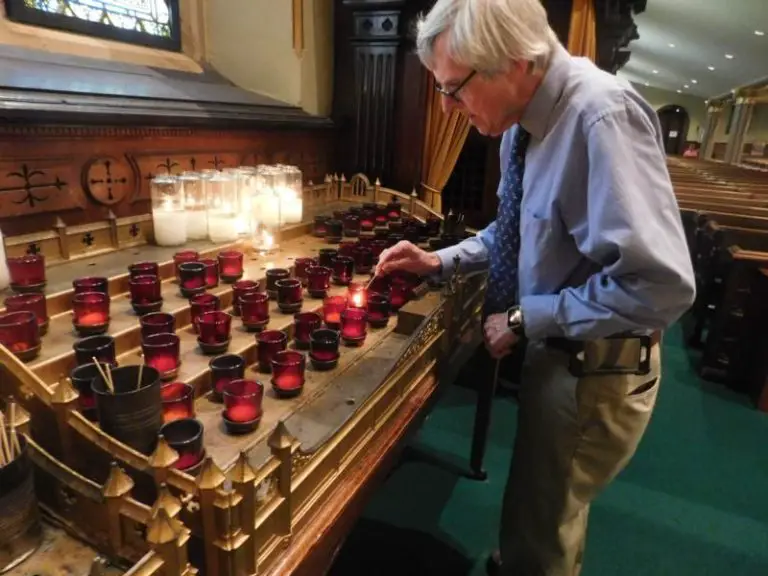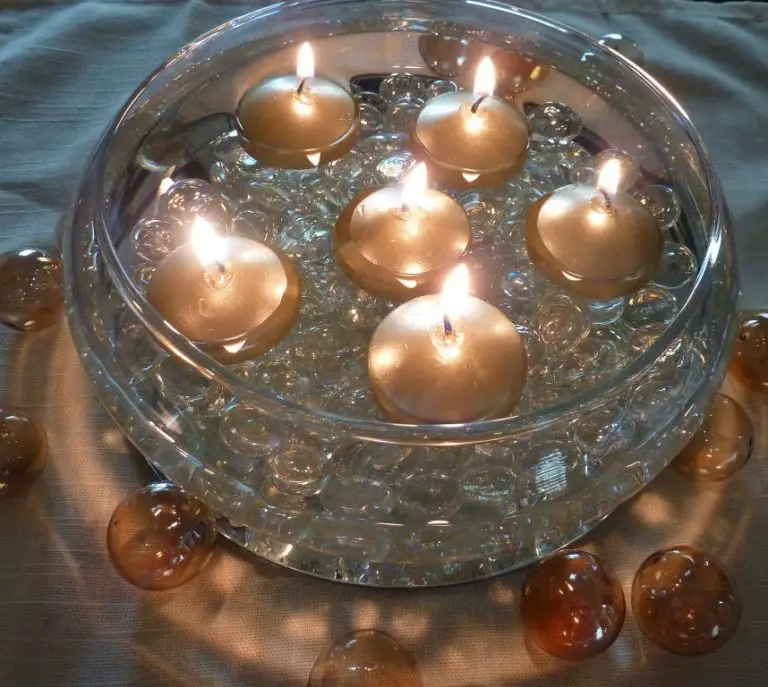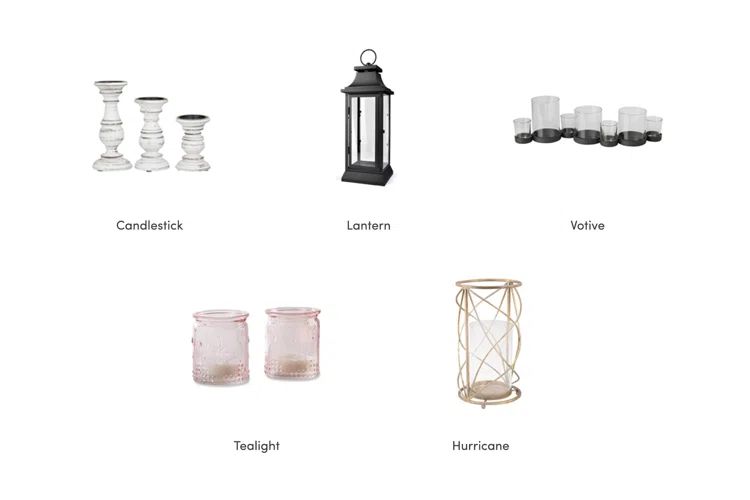What Are The Safest Candles To Burn?
Candles can provide a warm and cozy atmosphere in the home. However, they also pose a significant fire hazard if not used properly. According to the National Fire Protection Association, candles cause an estimated 7,000-8,000 residential fires each year in the U.S. (Candle Safety Requirements and Recommendations). These fires result in significant property damage and loss of life. Proper selection, placement, and supervision of candles is crucial to prevent tragic fires.
This article provides an overview of key factors to consider for safely burning candles in the home. Topics covered include wick material, wax type, candle holder, location, supervision, fire extinguishers, and alternatives to candles.
Wick Material
The material used for the wick is an important factor in candle safety. Cotton, wood, and paper are common wick materials, each with their own benefits and drawbacks.
Cotton is one of the most popular and safest wick materials. Cotton wicks burn slowly and evenly, producing minimal soot and smoke. According to the National Candle Association, cotton wicks that have been pre-treated are recommended for a clean burn (Hernandez, 2015).
Wooden wicks can add a pleasant crackling sound, but may pose more risks. Wood burns hotter and faster than cotton, creating larger flames that need more monitoring (Smells Candle, 2023). Excess carbon deposits can also build up on wood wicks.
Paper wicks are inexpensive but come with safety concerns. Paper burns very fast and can easily lead to flare-ups. The flames from paper wicks are less stable and produce more soot (Hernandez, 2015).
Wick Height
Proper wick trimming is crucial for candle safety. The wick should be trimmed to 1⁄4 inch before lighting to prevent excess smoke and soot (Kerosene Heater Questions). Trimming the wick helps enhance fragrance release and minimizes black soot buildup on the candle jar (trimawick). With an untrimmed, too-long wick, the flame will be larger than intended and release more soot. The proper 1⁄4 inch height reduces the likelihood of the candle flame growing too large or getting out of control.

Wax Type
The type of wax used in candles can impact their safety and flammability. Common candle wax types include:
- Paraffin – This petroleum-based wax is highly flammable and can burn quickly at high temperatures. According to Airscenty, paraffin wax can release fumes similar to gasoline when burning.
- Soy – Soy wax is made from soybeans and is often marketed as a natural, eco-friendly option. However, Waxtasy notes that soy wax can be just as flammable as paraffin under certain conditions.
- Beeswax – Beeswax candles burn slower and cooler than paraffin varieties. According to Franklin Candles, beeswax is generally less flammable and safer than other waxes.
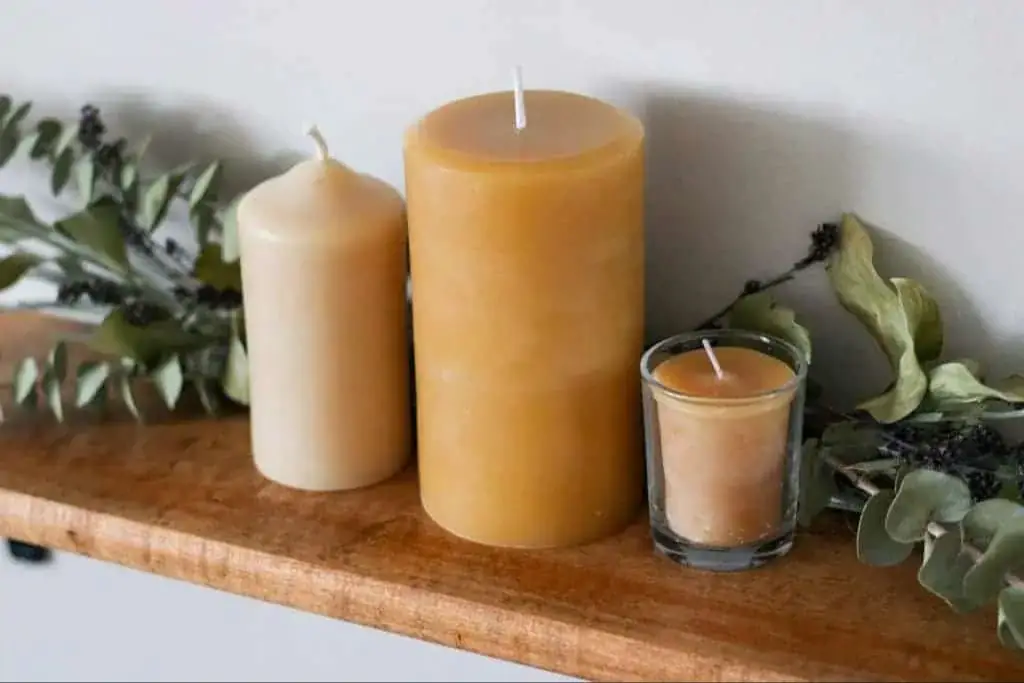
Experts recommend beeswax candles as the safest option in terms of flammability risks. Paraffin candles should be used with extra caution due to their highly flammable wax and potential to emit volatile fumes while burning.
Jar vs Container
Open flames from candles can be dangerous if not burned safely. Choosing the right candle holder or container is an important way to ensure open flame safety when burning candles. Candles burned in open containers like cups or bowls allow the melted wax to pool and can cause the flame to get out of control. According to experts, it’s much safer to burn candles in jars or enclosed containers.
A jar that fully encloses the candle flame, with just an opening at the top for the wick, provides a barrier of protection. The glass helps contain the flame and prevent it from spreading if the candle tips over. The jar also catches all the melted wax, keeping it off surfaces. This greatly reduces the fire risks associated with open flames. Always make sure to burn candles in properly sized jars or containers and extinguish them before leaving the room.

Location
Where you place candles in your home is crucial for fire safety. According to https://www.punksandpeacocks.co.uk/blog/index/page/2/, candles should be kept at least 1 foot away from anything that can catch fire, like curtains, furniture, bedding, papers, books, and decorations. Do not place candles near air vents either. The safest spot is on a sturdy surface away from high traffic areas and out of reach from children and pets.
Avoid putting candles on shelves above eye level, as it can be hard to monitor the flame and wax pool. Make sure candles are not close to ceiling fans or flowing curtains that could spread the flame. Also keep them away from exterior doors and windows, which if opened can cause rapid air currents that blow out the candle or knock it over.
Kitchen counters and bathroom sinks are risky spots too due to grease and water splatters that can ignite. The kitchen stove hood fan can also blow out a candle flame. Pick a place like a sturdy table, desk, or fireplace mantel to enjoy candlelight safely.
Supervision
One of the most important factors for candle safety is proper supervision. According to the National Fire Protection Association (NFPA), over half of deaths caused by unattended candle fires occur between midnight and 6am.
Never leave a burning candle unattended. Always stay in the same room and keep an eye on the candle. Extinguish the flame before leaving the room or going to sleep.
Fires can start very easily if candles are left burning unattended. For example, an unattended candle destroyed a living room in Harlow, UK on December 21, 2022 (source). Another unattended candle caused a fire in a home in Hobart, Indiana (source).
To prevent fires, always supervise candles when they are lit and extinguish them before leaving the room.
Alternatives to Traditional Candles
Flameless candles are a much safer alternative to traditional candles with an open flame. According to Brotherhood Mutual, “The risk of candle fires can be reduced by using battery-operated flameless candles.” Flameless candles provide a similar ambience to real candles, but without the fire hazard since there is no real flame.
Some key benefits of using flameless candles instead of traditional candles include:
- Eliminates the risk of open flames causing fires
- Safer to use around children and pets
- Don’t release any smoke or scents
- Can be left unattended without risk
- Offer longer burn times than wax or oil candles
- Don’t drip wax or leave residue
With advancements in LED technology, flameless candles now provide a very realistic flickering effect to mimic a real flame. Brands like Luminara and Homemory make high-quality flameless candles that look and feel almost exactly like the real thing. For safety purposes, flameless candles are the best option.
Fire Extinguishers
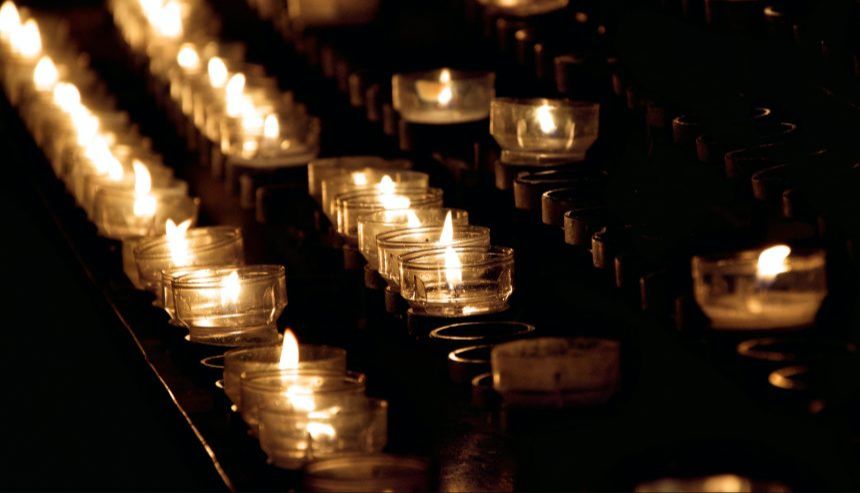
While you can take precautions to choose safer candle options, fires can still happen accidentally. That’s why it’s essential to equip homes with fire extinguishers and smoke detectors. Fire extinguishers allow you to quickly put out a small fire before it spreads.
Opt for an ABC type extinguisher that is capable of putting out common types of fires. Check the gauge monthly to ensure it is adequately pressurized and ready for use. Make sure all household members know the location of fire extinguishers and how to operate them. Test them annually and replace them according to manufacturer recommendations, usually every 6 years.
Properly maintained fire extinguishers can be lifesavers in the event of a fire emergency. Partner safe candle practices with fire safety preparedness for optimal protection.
Summary
When it comes to safely burning candles, the most important tips are choosing candles with cotton or paper wicks, trimming wicks to 1⁄4 inch before lighting, using candles made from soy, beeswax, or vegetable-based waxes, avoiding candles in glass containers, burning candles on sturdy, nonflammable surfaces away from anything flammable, never leaving candles unattended, and having fire extinguishers on hand just in case. By following these basic safety guidelines, you can enjoy candles while minimizing the risk of fire or injury.

